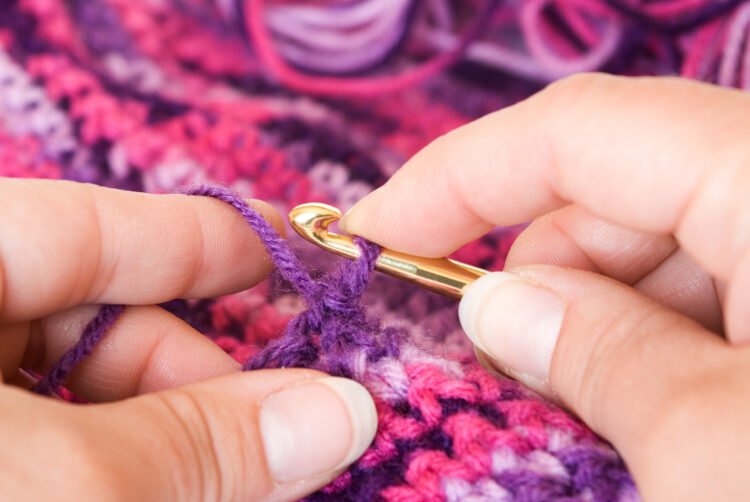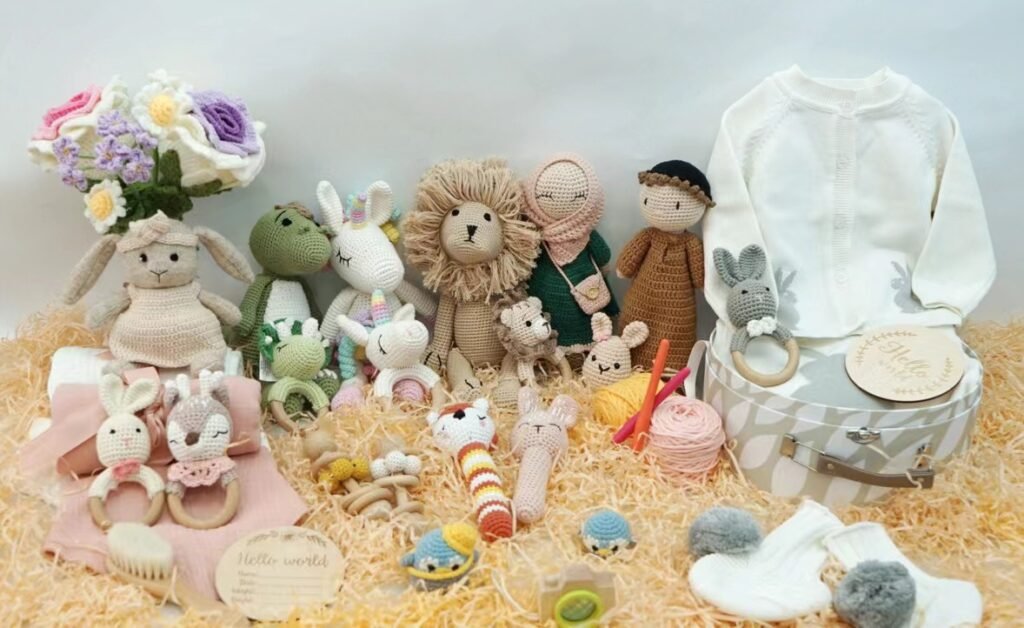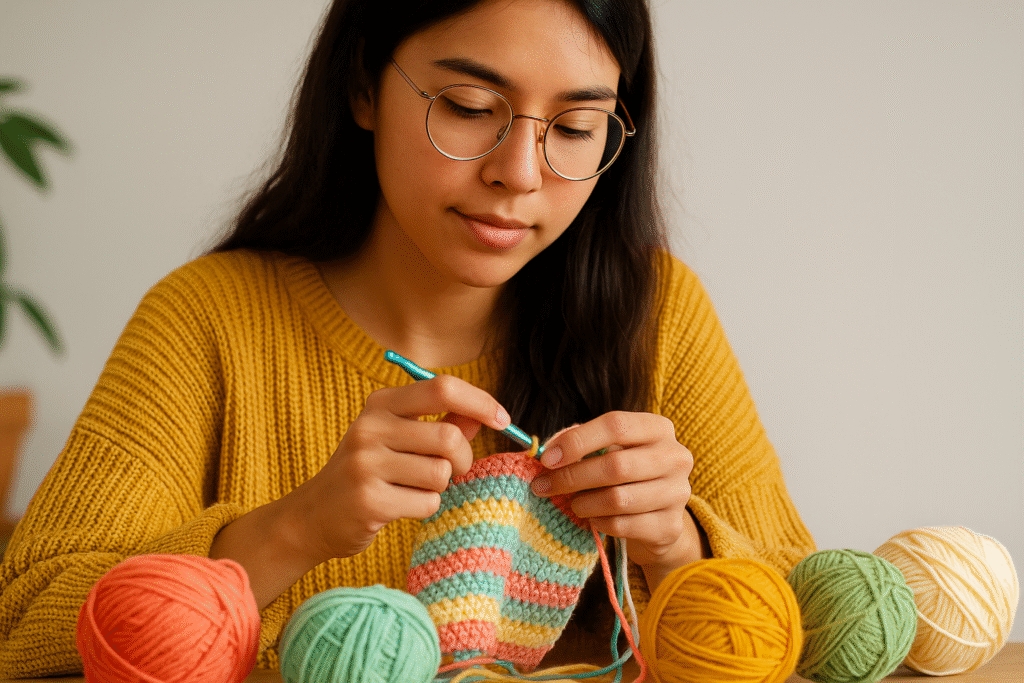Crochet, a timeless craft that intertwines tradition, creativity, and skill, has a rich history that spans centuries. As we delve into the evolution of crochet products, we uncover a fascinating journey marked by innovation, cultural influence, and artistic expression.

The Origins:
The origins of crochet are shrouded in the mists of time, with its exact beginnings difficult to pinpoint. Some historians believe that crochet may have originated in Arabia, spread through Europe via trade routes, and eventually found its way to other parts of the world. Early crochet work was predominantly utilitarian, serving practical purposes such as creating sturdy fabrics for garments and household items.

19th Century Renaissance:
The 19th century witnessed a renaissance in crochet, fueled by advancements in technology and the availability of new materials. Crochet patterns became increasingly intricate and diverse, reflecting the Victorian era’s penchant for elaborate ornamentation. This period saw the emergence of crochet as a popular pastime among women of all social classes, with pattern books and magazines contributing to its widespread popularity.

Industrial Revolution and Mass Production:
The Industrial Revolution brought about significant changes in the production of crochet products. Machinery enabled the mass production of yarn, allowing for greater accessibility and affordability of crochet materials. This era also saw the rise of commercially manufactured crochet items, ranging from delicate lace to durable textiles for clothing and home decor.

20th Century Innovation:
The 20th century ushered in a wave of innovation in crochet techniques and designs. Crochet artists experimented with new stitches, textures, and color combinations, pushing the boundaries of traditional craftsmanship. The rise of modernism and avant-garde movements inspired crochet artists to explore abstract forms and unconventional materials, blurring the lines between art and craft.
Contemporary Trends:
In the 21st century, crochet continues to evolve, adapting to changing tastes, technologies, and cultural influences. The resurgence of interest in handmade crafts has fueled a renewed appreciation for crochet’s artisanal qualities, with enthusiasts embracing both traditional techniques and contemporary interpretations. Social media platforms and online communities have facilitated the sharing of ideas, patterns, and inspiration, fostering a vibrant global crochet community.
Looking Ahead:
As we look to the future, the trajectory of crochet products appears promising, with endless possibilities for innovation and creativity. Advances in sustainable materials, digital tools, and collaborative platforms are poised to shape the next chapter in the evolution of crochet. Whether it’s fashion, home decor, or artistic expression, crochet continues to captivate and inspire generations of makers around the world.
In conclusion, the history of crochet products is a testament to human ingenuity, imagination, and craftsmanship. From its humble origins to its contemporary resurgence, crochet remains a beloved craft cherished for its beauty, versatility, and timeless appeal.




